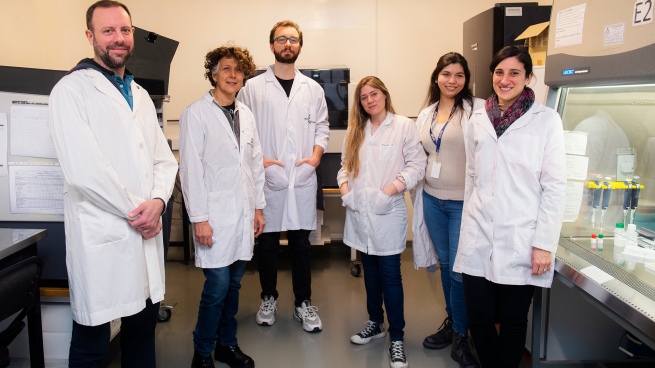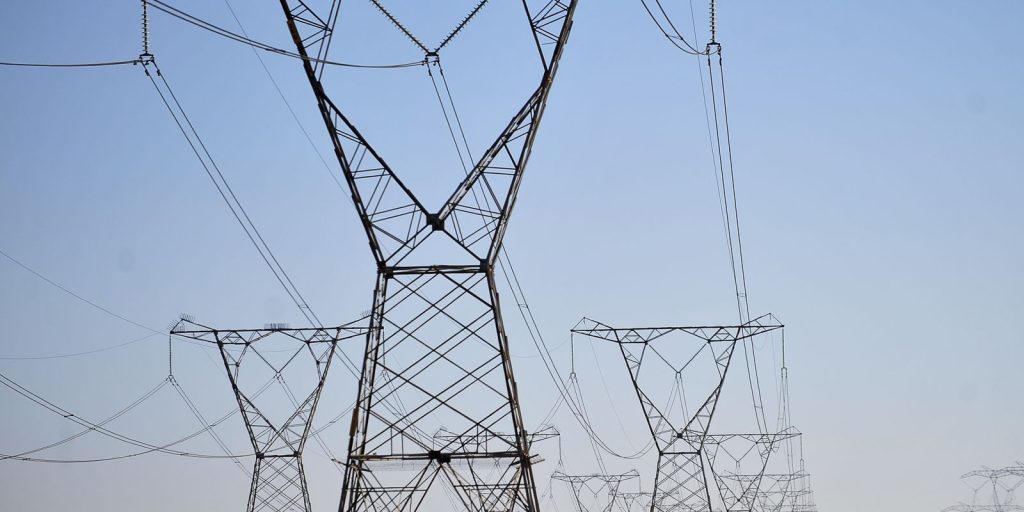A dose of heterologous vaccine (different) reinforcement significantly increased immunity against coronavirus in older adults, and notably against the Omicron variant, according to a study led by specialists from the Conicetpublished in the international journal The Lancet Infectious Diseases.
The study published in The Lancetreveals that a heterologous booster dose very significantly increases the level of antibodies against the coronavirus in older adults who previously received two doses of Sinopharm, according to a Conicet statement.
The study, led by Conicet specialists in collaboration with professionals from PAMIbegan almost two years ago and analyzed the immune response in a group of 124 volunteers, with an average age of 79 years, who received two doses of Synopharm and reinforcements with different vaccines.
“The application of a heterologous booster dose raised IgG antibody levels more than 350-fold.”andrea garmarnik
“The new study shows the value of the articulation achieved during the pandemic between Conicet researchers and health sectors”, indicates andrea garmarnikleader of the work and senior researcher of the organization at the Biochemical Research Institute of Buenos Aires (IIBBA, CONICET Fundación Instituto Leloir).
And he adds: “The information obtained in this research is useful for making decisions concerning the vaccination schedules in our country as well as in other parts of the world where the Sinopharm vaccine is used.”
“Our study provides useful scientific evidence for decision-making by the health authorities of our country and highlights the importance of promoting the application of booster doses to avoid new waves of the pandemic”, concludes Gamarnik.

The research defined the level of antibodies and their ability to neutralize Omicron and the original Wuhan variant (B.1) after analyzing blood samples from volunteers at 21, 100, 160 and 220 days after applied two doses of Sinopharm.
In a second step, the volunteers were divided into three groups that received a different booster dose: AstraZeneca (based on adenoviruses), Sputnik V (adenovirus-based vaccine) and Pfizer-BioNTech (messenger RNA-based vaccine). And the amount of antibodies and their neutralizing activity were measured at 21 and 90 days.
“The application of a heterologous booster dose raised the levels of IgG antibodies more than 350 times and seropositivity, that is, the presence of specific antibodies, was detected in 100 percent of the cohort, a response that was maintained 90 days after treatment. reinforcement ”, indicates Gamarnik, who led the development of COVIDAR, the first Argentine serological test that serves to measure antibodies against the new coronavirus and was approved by the ANMAT.
Furthermore, in each group boosting markedly increased the ability of the antibodies to neutralize the Omicron variant.

“Before the reinforcement, 23 percent of the people showed the presence of neutralizing antibodies against the original Wuhan variant, but only 8 percent of the population had neutralizing antibodies against Omicron, a variant that is currently circulating in Argentina and in a large part of the world. After boosting, 100 percent of the participants showed inhibition of infection against the Wuhan variant and between 73 and 90 percent against infection for the Omicron variant,” Gamarnik points out.
Vaccines against the virus that causes Covid-19 that are based on inactivated viruses (Sinopharm and Sinovac) are among the most widely used in the world.
However, in contrast to those based on adenoviruses (AstraZeneca, Sputnik V and Cansino) or messenger RNA (Pfizer and Moderna), little information is available on the immune response induced by inactivated virus vaccines.

In addition, there is little data on the convenience of applying heterologous boosters combining vaccines based on different technologies to achieve a better response against Omicron and other variants of the new coronavirus.
The joint work began before the start of the mass vaccination program in Argentina, the statement said.
In order to carry out epidemiological surveillance studies in geriatrics, a cooperation agreement was signed between the Leloir Institute Foundation (FIL) and PAMI, for which a new laboratory was built directed by Andrés Rossi, a CONICET scientist at IIBBA, he added. .
“Our research is aimed at a population group, older adults, which is undoubtedly the one that has suffered the highest rates of severe morbidity and mortality throughout the pandemic,” he says. Jorge Geffnerco-author of the study and senior researcher at Conicet at the Institute for Biomedical Research on Retroviruses and AIDS (INBIRS, CONICET-UBA).

According to Geffner, the observations made show that the administration of third heterologous doses, from different platforms (adenoviral vectors and messenger RNA) “induce a strong immune response against different variants of SARS-CoV-2, including Omicron, thus revealing itself as an adequate vaccination strategy for the elderly”.
The first authorship of the work is shared by Santiago Oviedo Rouco, Pamela Rodriguez and Esteban Migliettafrom the IIBBA, and from the same institution also participated Maria Mora Gonzalez Lopez Ledesma, Carla Pascuale, Diego Ojeda, Lautaro Sanchez and Andres Rossi.
They are also authors of the study. Augusto Varese, Bianca Mazzitelli and Ana Ceballos, from INBIRS; Y Eduardo Perez and Pablo Rallfrom the INSSJP-PAMI, specified the statement.
The research was supported by CONICET, the National Agency for the Promotion of Research, Technological Development and Innovation (R+D+i Agency), the Ministry of Science, Technology and Innovation and the Fund for Structural Convergence of the MERCOSUR (FOCEM), from the University of Buenos Aires (UBA).


















